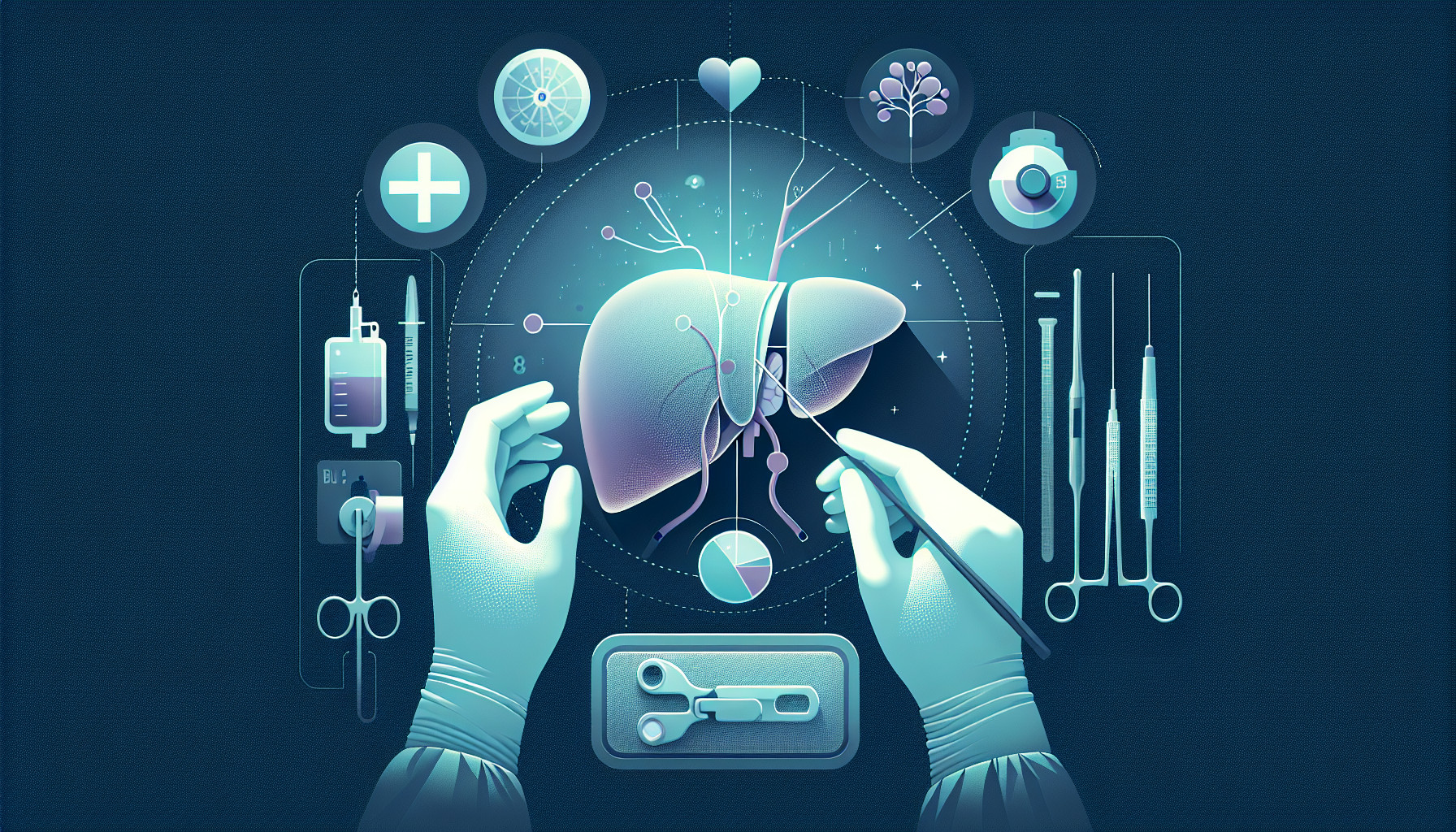Our Summary
This research paper focuses on a condition called biliary strictures that can occur in children who receive liver transplants. Biliary strictures are a narrowing of the bile ducts that can cause serious health problems and even loss of the transplanted liver. This study aimed to find out how often these strictures occur, how they are treated, and what factors might increase the risk of developing them.
The researchers studied children who had liver transplants at the major pediatric liver transplant center in Israel. They compared a variety of factors between children who developed biliary strictures and those who didn’t.
Of the 121 children who had liver transplants, about 12% developed biliary strictures. The most common treatment for these strictures was a procedure called a percutaneous transhepatic intervention, which was successful in most cases.
The researchers found that the risk of developing biliary strictures was higher in children who had complications like bile leaks or acute cellular rejection after their transplant. Also, children who had two bile duct connections (anastomoses) made during their transplant were more likely to develop this condition.
In simple terms, this study found that certain complications after a liver transplant can increase the risk of developing biliary strictures in children. However, most of these strictures can be successfully treated with a specific procedure.
FAQs
- What are biliary strictures and how can they affect children who have had a liver transplant?
- What treatments are available for children who develop biliary strictures after a liver transplant?
- What factors can increase the risk of developing biliary strictures after a pediatric liver transplant?
Doctor’s Tip
One helpful tip a doctor might tell a patient about pediatric liver transplant is to closely monitor for any signs of complications, such as bile leaks or acute cellular rejection, as these can increase the risk of developing biliary strictures. It is important to follow up regularly with the transplant team and report any new symptoms or changes in health. Additionally, understanding the potential risks and being proactive in seeking treatment can help improve outcomes for pediatric liver transplant patients.
Suitable For
Therefore, pediatric patients who have had liver transplants and experience complications such as bile leaks, acute cellular rejection, or multiple bile duct connections may be recommended for further monitoring and potential intervention to prevent or treat biliary strictures. Regular follow-up care and close monitoring of liver transplant recipients, especially those with risk factors, can help identify and address potential issues early on to improve outcomes and prevent the loss of the transplanted liver.
Timeline
Before pediatric liver transplant:
- Child is diagnosed with a severe liver disease or condition that requires a liver transplant.
- Child undergoes extensive testing and evaluations to determine eligibility for a transplant.
- Child is placed on the waiting list for a suitable donor liver.
- Child may experience worsening symptoms and complications from their liver disease while waiting for a transplant.
After pediatric liver transplant:
- Child undergoes the liver transplant surgery, which typically lasts several hours.
- Child is closely monitored in the intensive care unit (ICU) immediately following the surgery.
- Child may experience complications such as infection, rejection, or bile leaks in the days and weeks following the transplant.
- Child may undergo additional procedures or treatments to address any complications that arise.
- Child is discharged from the hospital once they are stable and their new liver is functioning properly.
- Child continues to receive regular follow-up care and monitoring to ensure the long-term success of the transplant.
What to Ask Your Doctor
Some questions a patient should ask their doctor about pediatric liver transplant and biliary strictures include:
- What is the likelihood of my child developing biliary strictures after a liver transplant?
- What are the symptoms of biliary strictures that I should watch out for in my child?
- What factors might increase my child’s risk of developing biliary strictures?
- What treatment options are available for biliary strictures in children?
- How successful is the percutaneous transhepatic intervention procedure in treating biliary strictures?
- Are there any long-term consequences or complications associated with biliary strictures in children?
- How often will my child need follow-up appointments and monitoring after a liver transplant to check for biliary strictures?
- Are there any lifestyle changes or precautions my child should take to reduce the risk of developing biliary strictures?
- What can I do to help support my child’s recovery and overall health after a liver transplant?
- Are there any additional resources or support groups available for parents of children who have undergone liver transplants and may be at risk for biliary strictures?
Reference
Authors: Vingrovich O, Cooper S, Gurevich M, Cohen A, Mozer-Glassberg Y, Bar-Lev MR, Shamir R, Waisbourd-Zinman O. Journal: Pediatr Transplant. 2024 May;28(3):e14727. doi: 10.1111/petr.14727. PMID: 38613151
